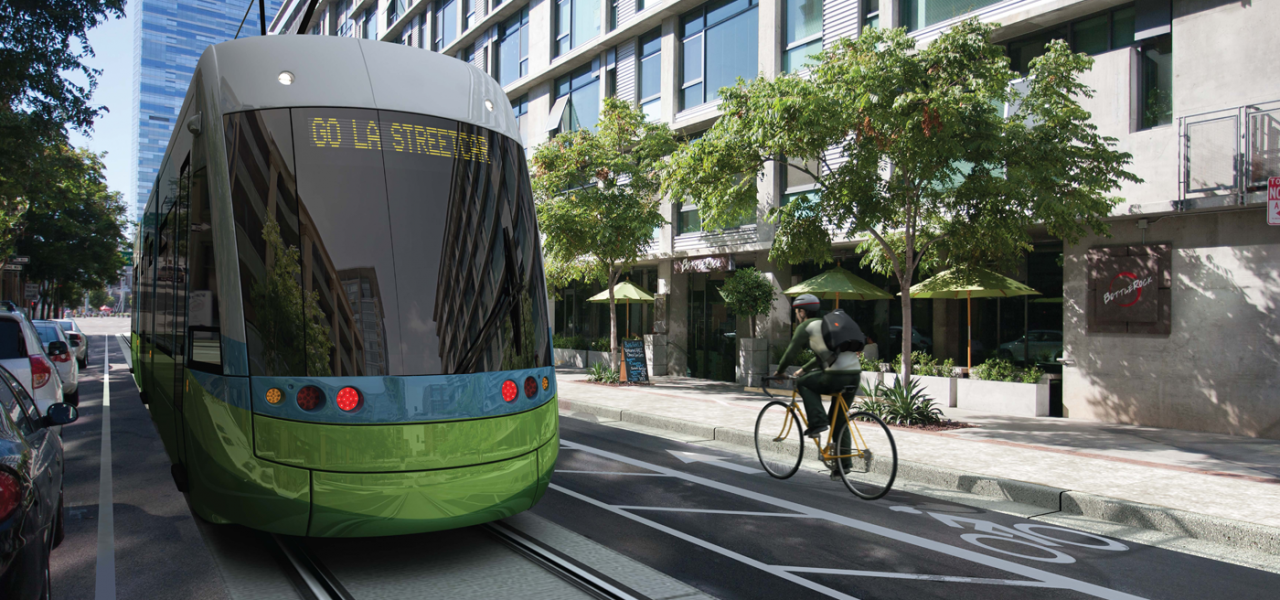drum118
Superstar
I roded Siemens 2nd longest one in Budapest in 2012 and it was 100% lowfloor.That's an excellent link from W.K., just glancing through it for now, there's a lot to digest in there, but my immediate thought is like Drum's:
I've seen them in use in a number of jurisdictions, albeit I've got to check to make sure they are fully low floor before citing them. The fact that the Ottawa ones (and related) are Alstom indicates a German and/or French origin:
Pardon the lazy posting, short on time, but this is a great string to discuss further later:
- : Google search results (first three) for "alstom citadis low floor tram coupled into trains"
PS: From W.K.'s Seattle link:
[...][Double Link is based on the 48 m (158 ft) long 4-segment vehicles from Alstom that Ottawa’s OC Transpo picked for its new Confederation Line. Their downtown subway platforms are 120 m (400 ft) long just like Link’s, while their surface platforms are 90 m with provision for future expansion. Likewise, the vehicles can be expanded to 59 m (194 ft) by inserting an additional segment. Siemens, the builder of Link’s new vehicles, offer comparable products outside North America. Link’s sister vehicles in New Jersey have been retrofitted with extra segments, opening the possibility for the current Kinkisharyo fleet to be lengthened as well.][...]
Now that is intriguing....note also from the latter Google hit above:
"It is built on a tram-train concept which allows the trams to run even on rail-tracks"
This is a point being raised time and again, and Ottawa has received at least one major TC waiver for the O-Train...when does Metrolinx go to bat for the GTHA?
Most cars being built these days are mostly 100% lowfloor, but been on 70% lowfloor and wasn't happy with it. Been on trams where the centre section was only lowfloor and lack space..
Alston has stated to me since 2005 that their cars have the ability to add or remove section to meet the need of a system overtime. They have never stated what the max length that tram can be expanded to since I never asked in the first place.
When I look at systems having 3 or 4 cars couple together, I see a lot of money being wasted when they could use 2 longer ones. TTC has done this when they they moved to the TR as one full train compare to the 6 T1-H's cars. At this time, Calgary, St Paul and a number others are expanding their existing platforms to hold 3-4 or more cars.








